Blockchain development: It is the process of creating and maintaining blockchain-based applications, systems, and protocols. It involves designing, coding, testing, and deploying decentralized applications Development (DApps), smart contracts, and other components that utilize blockchain technology. Blockchain is a distributed and immutable digital ledger that records transactions across a network of computers (nodes) in a secure and transparent manner. Blockchain development encompasses a wide range of activities, including:
Development of Smart Contracts: Smart contracts are self-executing contracts in which the conditions of the agreement are put directly into the program code. They automatically execute and enforce the agreed-upon conditions when certain criteria are met. Developers write smart contracts using programming languages like Solidity (for Ethereum) or other blockchain-specific languages.
DApp Development: Decentralized applications (DApps) run on a blockchain network, utilizing its decentralized nature for various use cases. DApp development involves creating front-end interfaces and back-end logic that interact with the blockchain’s smart contracts and data.
Consensus Mechanisms and Network Setup: Blockchain networks rely on consensus meBlockchchanisms (e.g., Proof of Work, Proof of Stake) to validate and agree on transactions. ain developers configure and set up these mechanisms, ensuring the network’s security and stability.
Token Creation and Management: Developers can create tokens on existing blockchain platforms using token standards such as ERC-20 (Ethereum) or BEP-2 (Binance Smart Chain). These tokens can represent assets, utilities, or other digital representations, and developers manage their functionality.
Integration with External Systems: Blockchain applications often need to interact with external systems, databases, or APIs. Blockchain developers facilitate these interactions, ensuring seamless communication between the blockchain and the external world.
Security and Auditing: Security is a crucial aspect of blockchain development. Developers implement best practices to prevent vulnerabilities, conduct audits, and perform code reviews to ensure the reliability and safety of the developed applications.
Scalability and Performance Optimization: Blockchain networks face scalability challenges. Developers work on optimizing the performance of blockchain systems to handle increasing transaction volumes while maintaining efficiency.
Testing and Deployment: Rigorous testing is essential to identify and fix bugs, vulnerabilities, and potential issues before deploying blockchain applications to a live network. Developers manage the deployment process to ensure a smooth release.
Upgrades and Maintenance: As blockchain technology evolves, developers may need to upgrade their applications to adapt to protocol changes, security enhancements, and new features.
Blockchain development requires proficiency in programming languages, understanding of cryptographic principles, knowledge of blockchain platforms (such as Ethereum, Binance Smart Chain, and others), and a strong grasp of decentralized concepts. Developers often collaborate with designers, product managers, and other team members to create innovative and valuable blockchain-based solutions across various industries, including finance, supply chain, healthcare, and more.
What is Decoding the Code:
“Decoding the Code” typically refers to the process of understanding and deciphering complex systems, languages, or codes. It implies breaking down intricate concepts into understandable components, making them accessible to a broader audience. In various contexts, “Decoding the Code” can mean:
Cryptanalysis: In cryptography, “decoding the code” involves analyzing encrypted messages to uncover the original content without knowing the decryption key. This is a fundamental aspect of cryptography and involves techniques to break codes or ciphers.
Programming and Development: In software development, “decoding the code” could refer to understanding and deciphering a complex piece of code written by someone else. It’s the process of comprehending the logic, structure, and functionality of existing software or scripts.
Education and Communication: Explaining intricate subjects or technical jargon in simpler terms can also be described as “decoding the code.” This is often seen in educational materials, tutorials, or articles that aim to make complex information understandable to a wider audience.
Blockchain and Technology: Within the context of blockchain, “decoding the code” might mean demystifying the intricate aspects of blockchain technology, its underlying protocols, consensus mechanisms, and smart contracts. It’s about making this complex technology accessible to developers, entrepreneurs, and enthusiasts.
Literary and Metaphorical Use: “Decoding the code” can also be used metaphorically in various contexts beyond technology. It could refer to understanding hidden meanings, unraveling secrets, or comprehending intricate systems or relationships.
Exploring the Art of Blockchain Development
“Exploring the Art of Blockchain Development” signifies an immersive journey into the creative and technical aspects of crafting blockchain-based solutions. This concept highlights the idea that blockchain development is not just a technical endeavor but also an art form that requires ingenuity, innovation, and a deep understanding of both the technology and its potential applications.
Creativity and Innovation: Like any art form, blockchain development involves creative problem-solving and innovative thinking. Developers must come up with novel solutions to challenges such as scalability, security, and interoperability.
Design and User Experience: Just as artists consider aesthetics and user experience, blockchain developers must design user-friendly interfaces and seamless interactions for decentralized applications (DApps) and smart contracts.
Architecture and Structure: Similar to the architecture of a building, blockchain developers design the architecture and structure of their blockchain networks and applications, carefully considering factors like nodes, consensus mechanisms, and data storage.
Expression and Functionality: Blockchain development allows for the expression of ideas and concepts through code. Developers “paint” with code to create functional and meaningful DApps, token systems, and other blockchain-based innovations.
Community and Collaboration: Like artists in a creative community, blockchain developers often collaborate and contribute to open-source projects, sharing their expertise and collectively advancing the technology.
Incorporating Principles and Values: Just as artists infuse their work with values and messages, blockchain developers can embed principles of decentralization, transparency, and trust into their applications.
Iterative Process and Continuous Learning: Similar to refining an artistic technique, blockchain development is an iterative process that involves continuous learning, adaptation, and improvement.
Impact and Transformation: Blockchain technology has the potential to transform industries and empower individuals. Like a work of art that can evoke emotions and change perspectives, blockchain applications can drive positive change and disrupt traditional systems.
Author Bio:
Kishore Senthil is a Digital Marketing Executive. He designs marketing strategies with the intention of using high-quality content to educate and engage audiences. His specialties include social media marketing specialist, SEO, and he works closely with B2B and B2C businesses, blockchain technology, providing digital marketing strategies that gain social media attention and increase your search engine visibility.


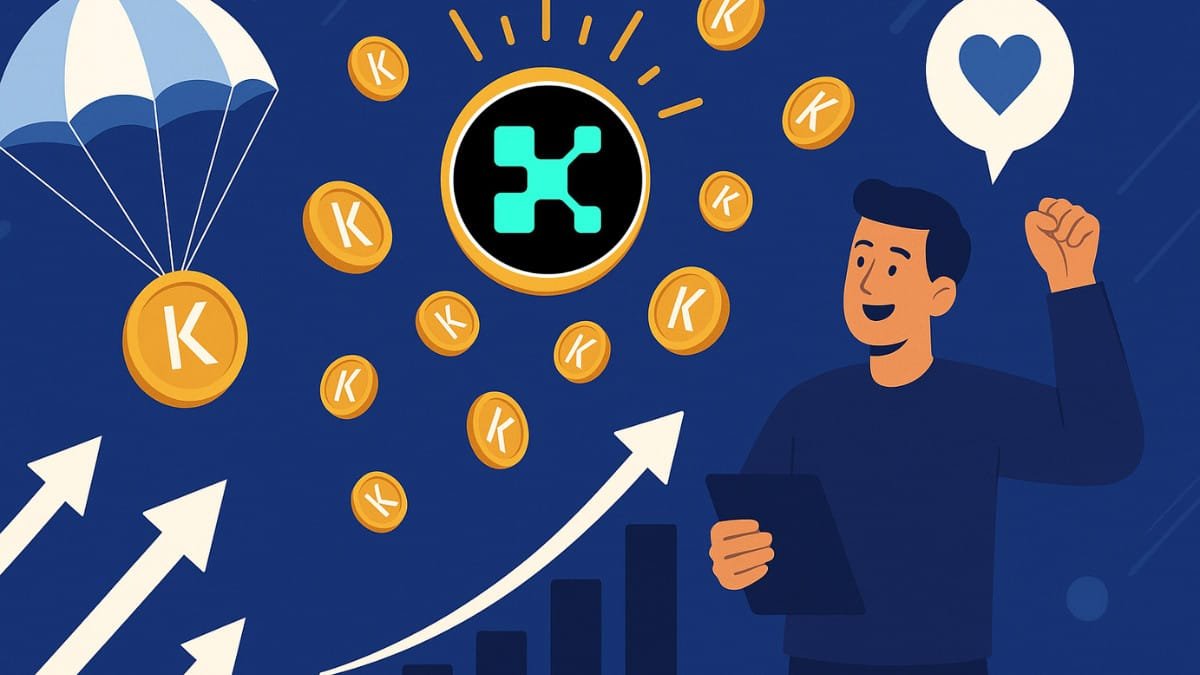

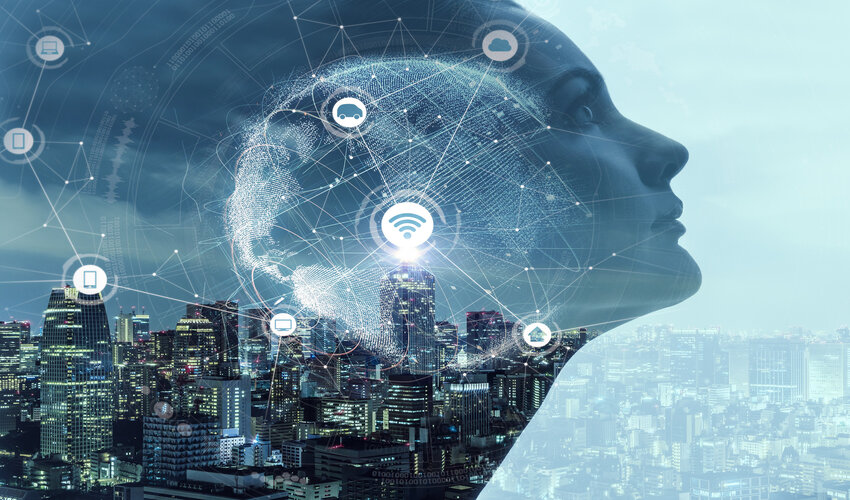
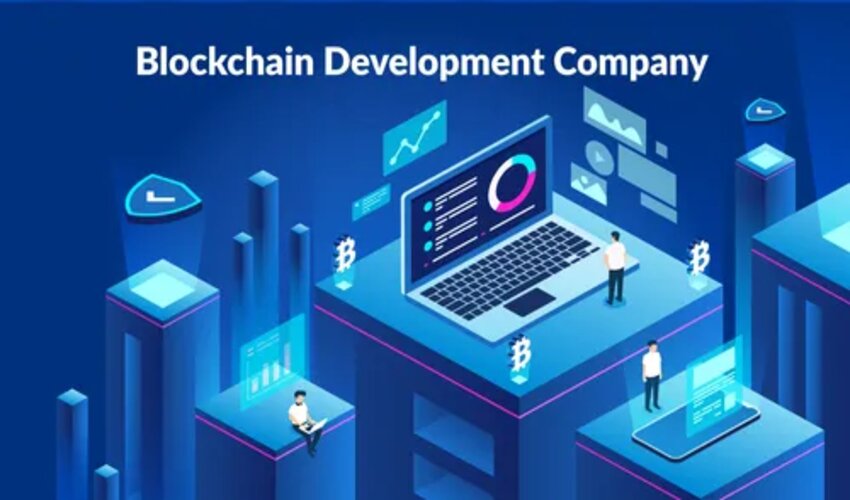
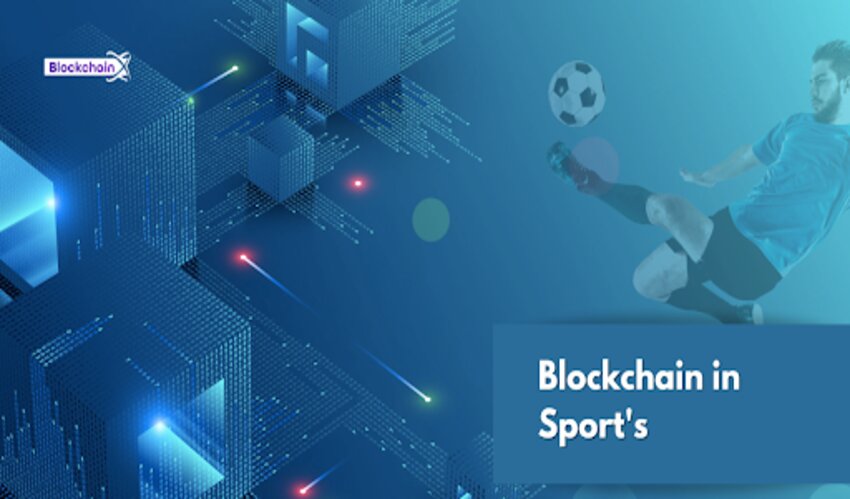

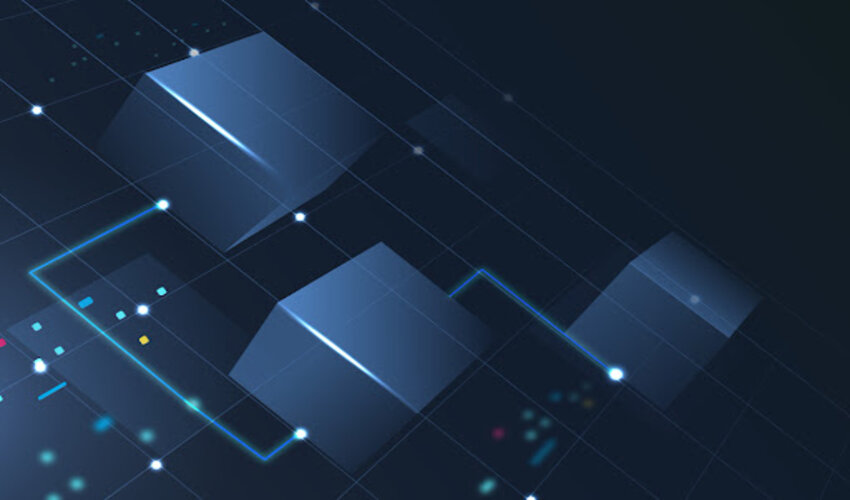

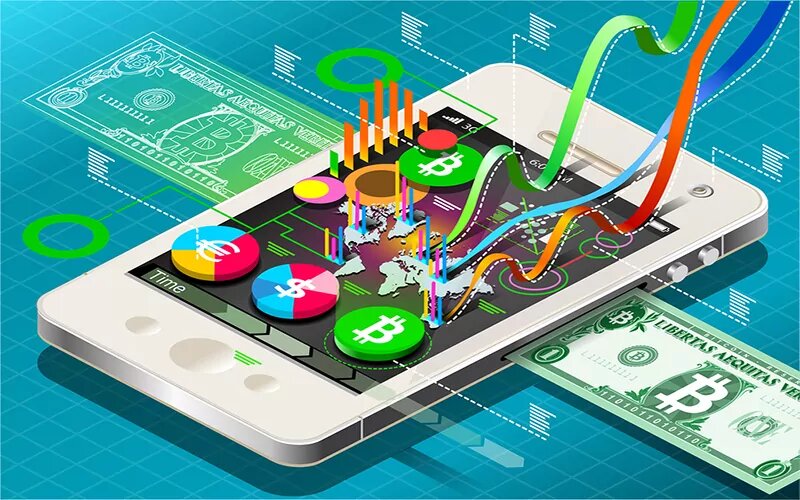



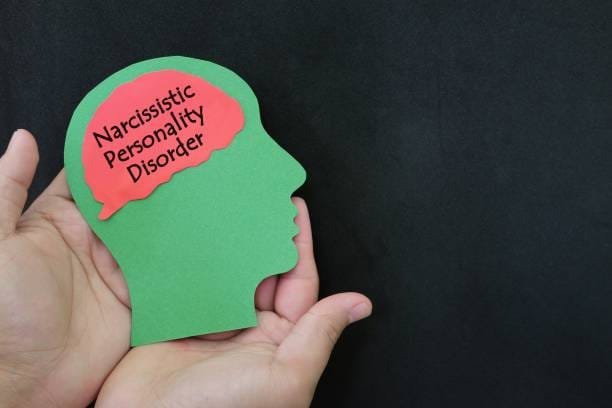

Leave a Reply